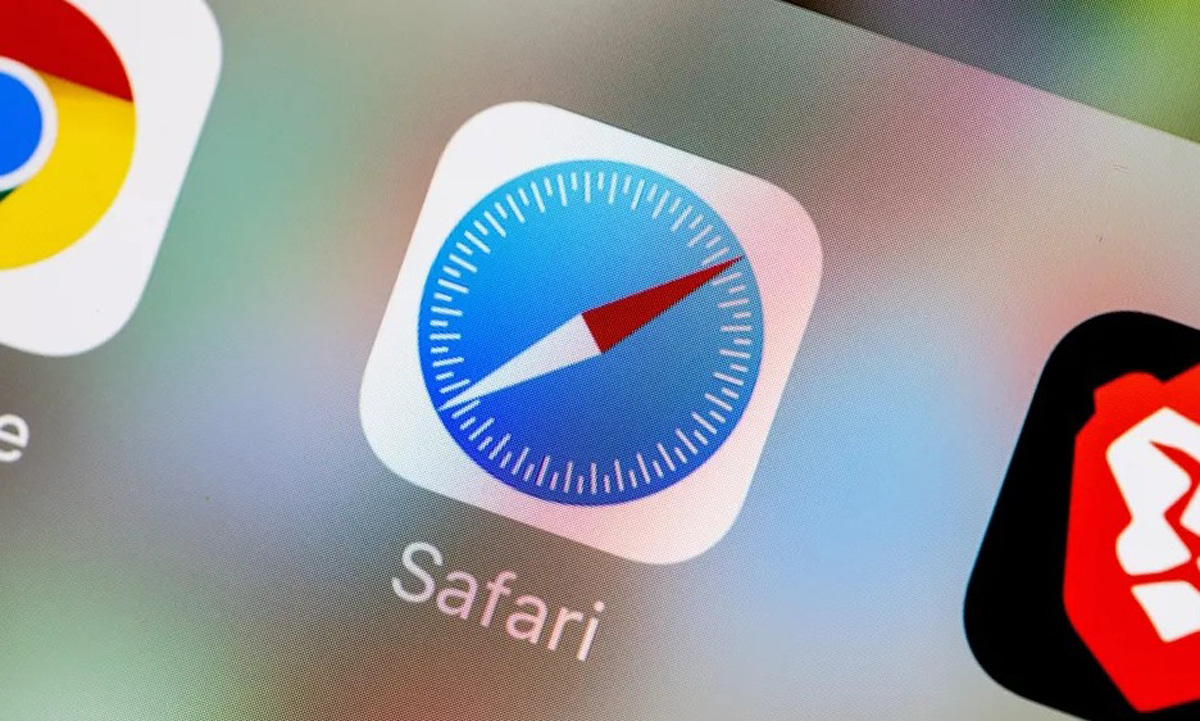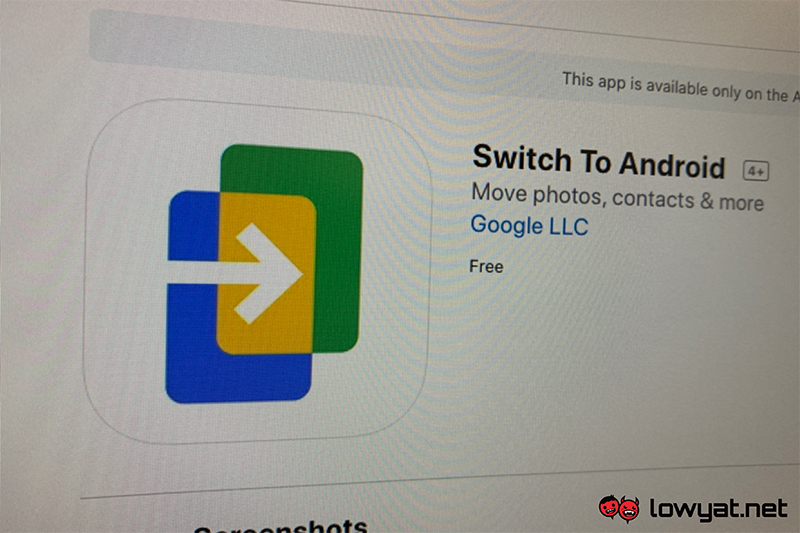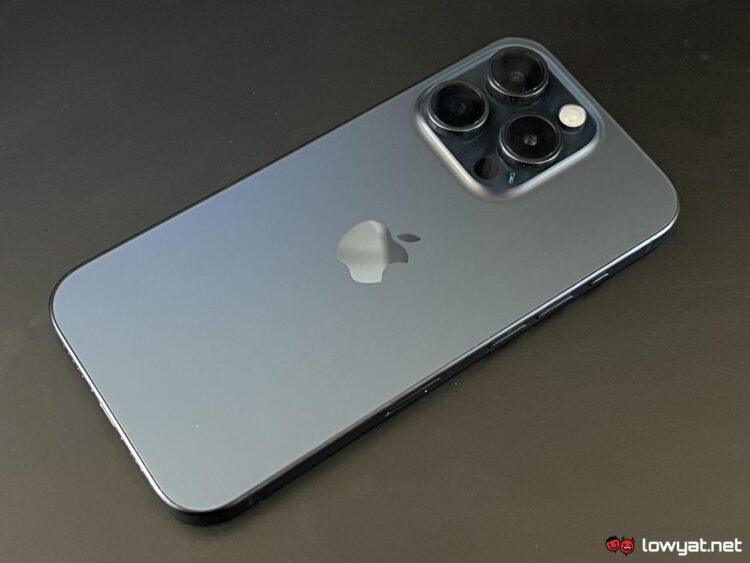Apple is gearing up to introduce an easier way for users in the European Union (EU) to transfer their data from an iPhone to a non-Apple device by fall 2025. At the same time, the company also announced that it will allow the ability to uninstall the first-party Safari browser from its devices by as early as late 2024, as well as enabling users to select their preferred web browsing platform.
All of these were outlined in a newly published document complying with the requirements of the Digital Markets Act (DMA) in the EU that recently came into effect this week. In the document, Apple describes the upcoming transfer tool as “a solution that helps mobile operating system providers develop more user-friendly solutions to transfer data from an iPhone to a non-Apple phone.” Other initiatives detailed include a “browser switching solution” that allows EU users to transfer data between browsers on the same device by late 2024 or early 2025, as well as the ability to change the default web browser app and uninstall Safari on iOS by March 2025.

Apple adds that plans for the data transfer feature will be based on existing migration tools that are already offered by other companies. Coming to mind is the “Switch to Android” app developed by Google that allows users to port over their contacts, photos and videos, free apps, texts and notes from their iPhones to an Android device. It does have limitations, however, as certain data types such as paid apps, Safari bookmarks, Alarms, and other miscellaneous files are not carried over. It is expected that Apple’s forthcoming solution could address some of these limitations.

It’s not explicitly stated whether these features will be available globally or exclusively for EU users. That being said, many of Apple’s previously announced plans, such as the ability to run browser engines other than WebKit as well as running third-party app stores on its platforms, are specific to the bloc. However, there have also been mandates imposed by the EU that apply globally, most notably the requirement of dropping the brand’s proprietary Lightning connector for USB-C on all of its devices.
(Source: Apple, via The Verge)
Follow us on Instagram, Facebook, Twitter or Telegram for more updates and breaking news.



